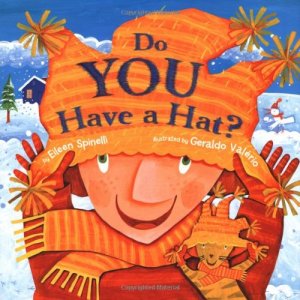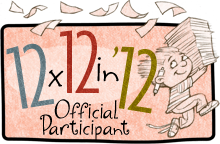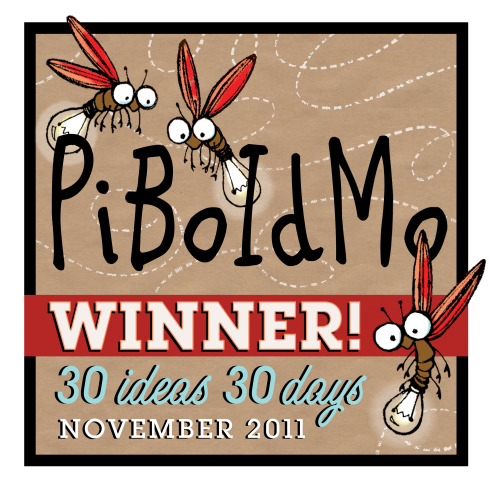 Do you like children’s books that make you laugh? Do you enjoy rhyming books for kids? Do you love children’s books that also teach science and life lessons? If you answered yes to these three questions, then you will love:
Do you like children’s books that make you laugh? Do you enjoy rhyming books for kids? Do you love children’s books that also teach science and life lessons? If you answered yes to these three questions, then you will love:
Rules of the Wild: An Unruly Book of Manners
Written by Bridget Levin and illustrated by Amanda Shepherd
I am excited to share this books with you all for Perfect Picture Book Friday, sponsored by the wonderful and talented Susanna Leonard Hill!
This book was published by Chronicle Books in 2004. It is appropriate for ages 3-7. Themes include animals, manners, and rhyming.
If your mom had a tail or your father a mane, the rules of your house might not be such a pain. Mother Piggy would say, “Eat whatever you like.” Father Fruit Bat would declare, “You can stay up all night.”
Online activities: Bridget Levin’s website offers several ideas for activities including “wild” recipes, art projects, a virtual tour of the Minnesota zoo, and lots of fun animal riddles.
http://www.frogcatcher.com/gowild1.html
Why I like this book: I like this book, because it makes kids laugh. The rhyming is great, and children also learn about animal behaviors vs. human manners. The illustrations are whimsical and fun. There is also a fun table in the very back that illustrates all kinds of animal behaviors.

















